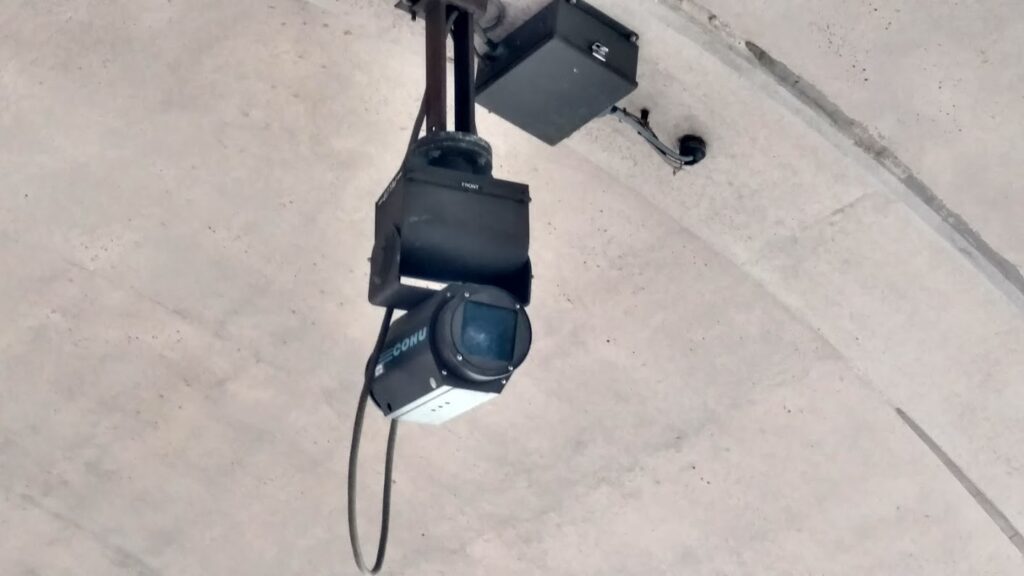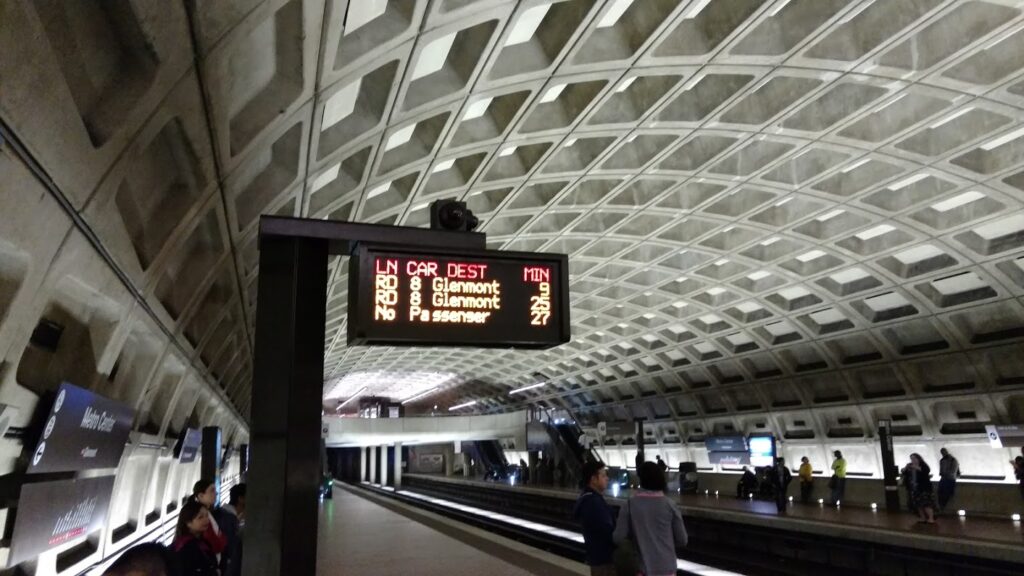Nick Mortensen
Senior, Annandale High School, Annandale, VA
Spring 2016
Listen to the story
The D.C. area Metrorail system has more than 100 miles of track, 91 stations, and transports over a quarter million people daily. Growing security, safety, and structural issues have riders becoming increasingly frustrated. The Washington Metropolitan Area Transit Authority (WMATA) has adopted new security measures. According to WMATA, the system employs everything from portable radiological detectors to trashcans designed to contain explosive blasts. Over 450 officers are “deployed strategically” throughout the system, and WMATA maintains a robust surveillance network that handled over “6,200 thousand requests from law enforcement in 2015.”

Despite the efforts, Shelby Emmett – who has used Metrorail’s Green and Red lines for seven years – tries to keep a low profile while on the train. “I purposely try to keep myself hidden and out of sight,” Emmett said. “You know, grab a book, and don’t make eye contact with anyone. If something happens, you don’t want somebody noticing you.”
WMATA crime statistics indicate robbery and larceny far outnumber instances of assault or homicide. As of April 2016, there were 47 “aggravated assaults” and three homicides across the entire Metrorail and Bus System, and an excess of 400 thefts.
Emmett’s concerns are not unsubstantiated. Of the three homicides in 2016, two of occurred within a week of each other at the Deanwood Metro station.
“L’enfant Plaza station after 5:30 p.m. is horribly bad,” said Emmett. “Honestly, the Green Line is just bad. I just try to be home before 6 p.m. That’s when the trouble usually starts. If I know I’m working late, I’ll take an Uber home.”
Metro’s statistics show violent attacks are few and do not indicate any sort of norm. WMATA police reports, nearly 60 percent of crimes occurring within Metrorail involve cellphone or bike theft. Though many riders’ anxieties are focused around the risk of crime, others are concerned about Metro’s structural flaws. Katie Barrows, 25, has used Metrorail for three years and primarily uses the Orange line. “With the fires, everyone’s paranoid that there is going to be a tunnel fire. Generally, when you raise a concern to a WMATA employee, they won’t even acknowledge it.”
Metro has a history with structural and construction blunders, including the Silver Spring Transit Center. The hub was years behind schedule and had more than $50 million in cost overruns.
Barrows has been on the receiving end of Metro’s structural issues. “When I was commuting on the Red Line, there would be the smell of burning rubber every once in a while. It was disconcerting. No one seemed to care, but every time the door opened there would be smoke and a really bad smell of rubber burning. I thought there was going to be a train fire.”
Metrorail has sustained a number of fires. One at the L’enfant Plaza station in 2015 killed a woman and numerous injuries were connected to smoke inhalation.
Structural issues with Metrorail’s track network have necessitated a number of emergency repairs and a re-evaluation of Metro’s maintenance schedule. The Metrorail system was abruptly shut down for 24 hours in March for an emergency cable inspection, and WMATA plans shutting down entire lines to perform extended maintenance.
WMATA announced a number of weekend station closures and single tracking across the entire system from May into early June. Their plan includes shortening operation hours, with all Metrorail stations closing at Midnight starting June 3rd.
While riders may be concerned about different aspects of Metrorail, it is widely agreed that the system has entered a state of decline. “All Metro does is keep raising the prices, and everything gets less safe, and nothing ever happens,” Emmett said. “Metrorail just gets worse. I just don’t feel safe on the system. There is always something.”
Metro’s issues and rider’s anxieties run the gamut from crime to Metro’s physical and mechanical decline and the failure to properly maintain it.
Transportation Secretary Anthony Foxx has threatened decisive action if WMATA does not improve its safety procedures. “I will have no hesitation to shut down the system. All the tools that we have available to us are on the table – all of them.”



